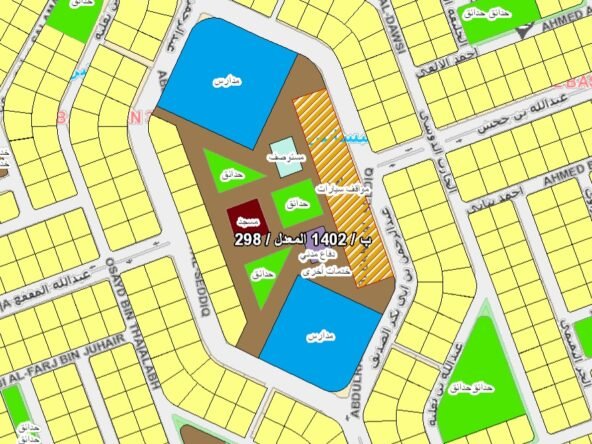Introduction:
The income method is one of the most important methods used to value investment properties. It is based on analyzing the operating income that a property generates after deducting all expenses and expenses. This method aims to estimate the capital value of a property based on its ability to generate cash flows for investors.
Steps for valuing real estate using the income approach:
1. Estimate income:
- Current income:
- The net current income of a property is estimated by deducting the operating, maintenance, and insurance expenses from the rental value paid.
- Future income:
- The potential increase in future rental value should be considered when estimating income.
- Inflation is subtracted from future income to get its present value.
- taxes:
- Taxes are not considered a property expense when calculating market value. They are levied on the investor’s other sources of income.
- It’s best to compare investments based on pre-tax total return.
2. Determine the capitalized value of income:
- The capitalized value of a property is calculated by dividing the expected net income by the rate of return required by investors.
- Example:
- Expected net income: 200,000 riyals per year.
- Required rate of return: 8%.
- Capitalized value = SAR 200,000 ÷ 0.08 = SAR 2,500,000.
3. Determine the rate of return:
- The rate of return can be determined by comparing the property to similar properties recently sold in the market with known rental values.
- A “reverse valuation” is performed to arrive at the rate of return or capitalization rate by knowing the type of income, holding, and And the price paid. and other properties of the drug.
- This process can be used to determine capitalization rates for any transaction depending on the investment style.
- If there are no direct comparable transactions. Adjustments and adjustments are made from known rates specific to non-similar properties.
- The resident must observe the rules of good investment when making adjustments. Like this: Secure capital and income, easy to manage and sell.
Example: A farm was sold for SAR 400,000, which is a leased farm with a net rental value of SAR 20,000 per year. The rate of return can be derived from the following equation.
Capital Value = Net Annual Income ÷ Rate of Return
That is, the rate of return = Net Income ÷ Capitalized Value × 100 = 20,000 ÷ 400,000 × 100 = 5%
4. Use the discounted cash flow method:
- The discounted cash flow method is based on discounting the expected income streams from the property at the time of acquisition at an appropriate discount rate.
- When calculating the market value. Cash inflows, outflows, and discount rates should be market-based and based on current prices and costs.
- This method is primarily used to estimate the capital value of a property or compare investments by predicting how much cash flow they can generate in the future and estimating their present value at an appropriate discount rate over the period. It represents the opportunity cost or cost of funding.
- This method is a useful way to confirm the results of a traditional assessment.
5. Use the residual value method:
- The residual value method is used to analyze development or redevelopment proposals for viability or to determine the price that can be paid for a site or existing facilities.
- These properties are usually either vacant land or land with old buildings on it that will be removed or renovated.
- This method is based on the premise that the price a buyer can pay for the property is the value of the surplus from the sale proceeds. or the value of the development work carried out




